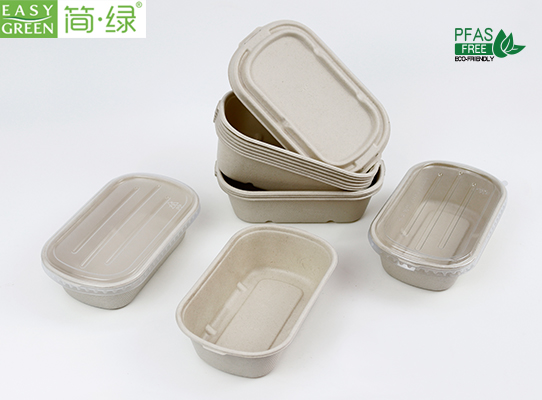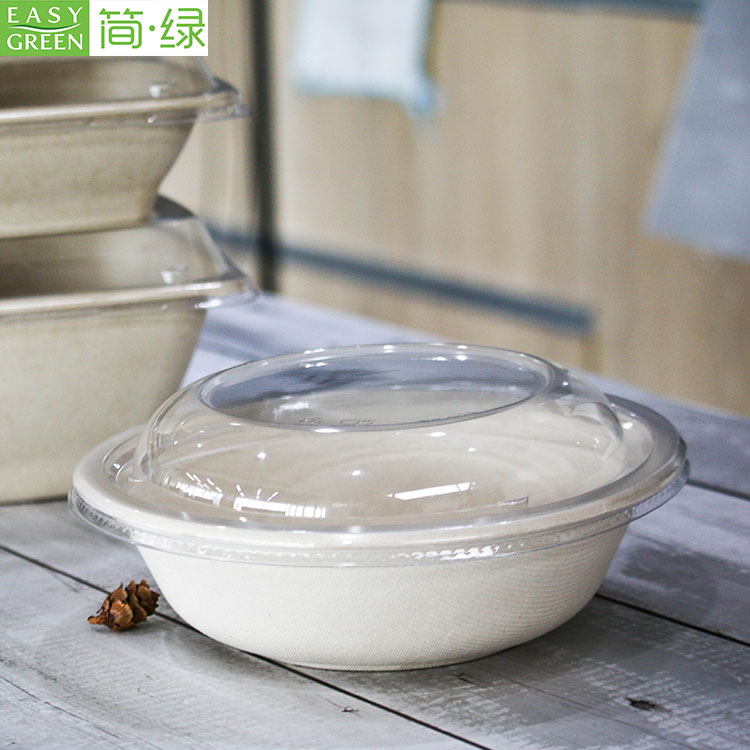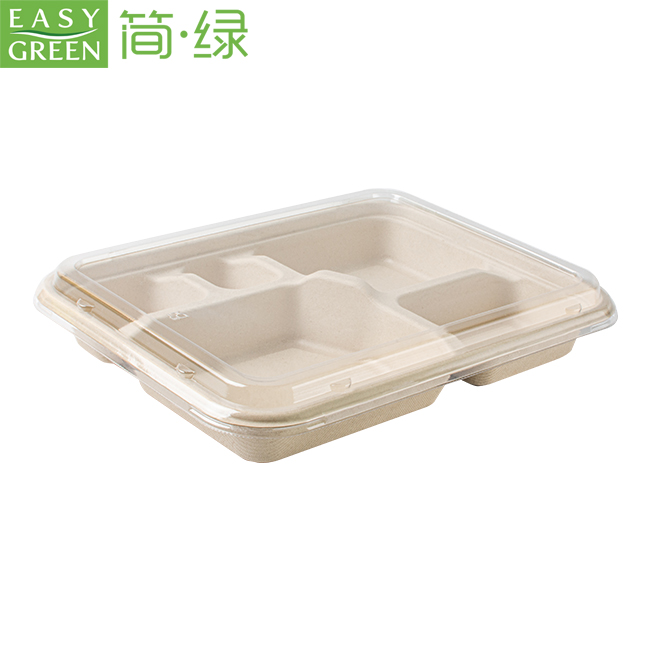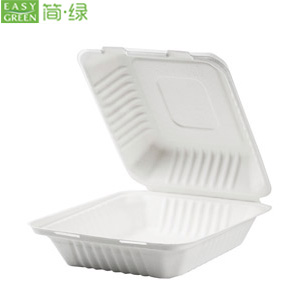Definition of compostable tableware
Compostable tableware refers to the materials that are suitable for microbial fermentation processing and can be turned into fertilizer from discarded tableware. After being collected, compostable tableware is transported to composting plants where it undergoes composting technology such as fermentation and microbial decomposition. It can turn into hygienic, odorless organic fertilizer that can be used for plants as fertilizers and improve soil.
Composting process of compostable tableware
Composting tableware is a method of handling and utilizing garbage. It uses microorganisms such as bacteria, yeasts, fungi, and actinomycetes that exist in the soil to decay (digest) the organic matter in compostable tableware and form a substance similar to humus soil, which is used as fertilizer and to improve soil.
Tableware composting method
According to the principle of bacterial decomposition, it can be divided into high-temperature aerobic composting and low-temperature anaerobic composting.
According to composting methods, it can be divided into open-air composting and mechanical composting.
The composting process usually consists of four steps
① Prewashing: Shred and sieve the tableware to a uniform state. The optimal moisture content of uniform tableware is 45%-60%, and the carbon-nitrogen ratio is approximately 25:1. If the ratio is not achieved, sludge or feces can be mixed in;
② Bacteria Decomposition (or Fermentation): Under appropriate conditions of temperature, moisture, and oxygen, aerobic or anaerobic microorganisms rapidly reproduce, and the garbage begins to decompose, transforming various organic substances into harmless fertilizers;
③ Maturation: Stabilize the quality of the fertilizer, wait for complete maturity before application;
④ Storage or Disposal: Store the fertilizer and dispose of it in landfill.
Testing items for disposable compostable tableware
Visual evaluation;
Structural evaluation;
Test items for performance: volume deviation, load-bearing performance, falling performance, folding performance of the lid, heat resistance performance, leakage performance, and moisture content;
Testing of heavy metal and specific element content: arsenic, cadmium, cobalt, chromium, copper, iron, mercury, nickel, molybdenum, lead, selenium, zinc, etc.;
Testing of volatile solid content;
Degradation performance testing;
Composting degradation performance: biological degradation rate, disintegration rate, and ecological toxicity.
Performance requirements of compostable tableware
First, the relative biological degradation rate should be equal to or greater than 90%, and if the organic component is equal to or greater than 1% of the material composition, its biological degradation rate should be equal to or greater than 60%;
Second, if the compostable tableware is composed of multiple materials or mixtures, then organic components with a content of less than 1% should be decomposed by microorganisms, but decomposition ability proof does not need to be provided. The total weight of each component should not exceed 5%. The disintegration rate requirement is equal to or greater than 90%, and the ecological toxicity requirement is that the ratio of plant germination rate to plant biomass should be greater than 90%.
 English
English 






